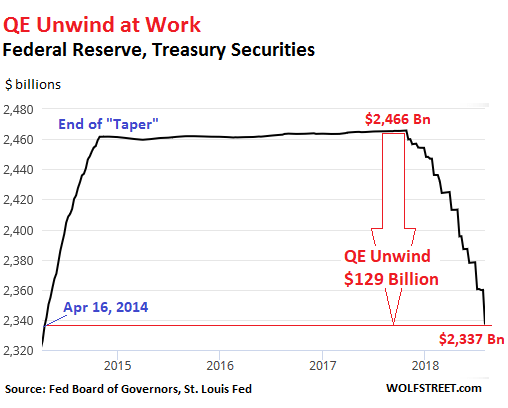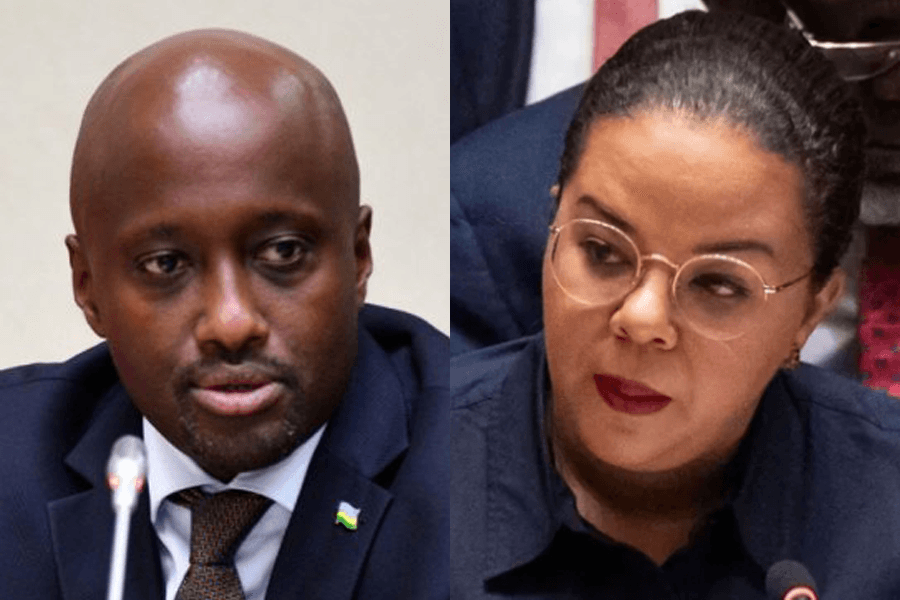FOMC Decision: A Strange Stability in the US Economy and Rate Cut Expectations for 2026
FOMC
At the March 2023 FOMC meeting, the Federal Reserve kept the target range for the Fed Funds rate at 4.25% – 4.5%, reflecting current economic expectations. What are the future prospects for interest ra
At the Federal Open Market Committee (FOMC) meeting on March 18-19, 2023, the committee decided to keep the target range for the Federal Funds rate at 4.25% – 4.5%, a decision that was widely anticipated. Despite this stability, the economic outlook is beginning to show signs of change. Jerome Powell and the committee members have started to highlight downward risks to economic activity and upward risks to inflation, which may alter the path of future monetary policy.
The decision to maintain rates at this level reflects the ongoing challenges that the Federal Reserve faces in managing both inflationary pressures and the broader economic risks. While the short-term outlook remains stable, there are growing concerns that inflation might continue to pose a threat in the coming months, particularly in light of global supply chain issues and rising commodity prices.
Throughout the meeting, the FOMC emphasized its commitment to providing stability, especially amid current economic turmoil. The dot plots, which represent future interest rate expectations, remained largely unchanged, signaling a wait-and-see approach from the committee. Additionally, the committee downplayed long-term tariff-related risks, focusing more on domestic economic factors.
Short-Term Stability and Long-Term Rate Cut Expectations
In the near term, the FOMC is expected to keep interest rates stable as it navigates through ongoing inflation concerns and potential economic slowdown. However, the bigger question remains: what comes next for US monetary policy? In our view, a significant shift is likely to occur in 2026, when the FOMC could begin cutting rates in response to a slower-than-expected economic recovery and lower inflation.
The outlook for 2026 remains highly dependent on several factors, including the trajectory of inflation and the strength of the labor market. If inflation continues to subside and the economy experiences moderate growth, the Federal Reserve may move toward easing monetary policy to support the economic expansion. This could result in significant interest rate cuts, potentially to levels not seen in many years.
Jerome Powell and the FOMC are likely to adopt a cautious stance over the next few years, carefully monitoring economic indicators to determine the right time for policy changes. Given the uncertainty surrounding global economic conditions, the committee is likely to prioritize stability over rapid adjustments in the short term.
The Role of Economic Stability in a Global Context
One of the key challenges for the FOMC in maintaining stability is the volatile nature of the global economy. The ongoing trade tensions, particularly between the US and major trading partners, continue to weigh on growth prospects. While the FOMC has downplayed the long-term risks associated with tariffs, the impact of global trade disruptions cannot be ignored.
In addition, supply chain bottlenecks, which have been a major contributor to inflationary pressures, are showing signs of improvement, but their resolution remains uncertain. The FOMC is likely to continue focusing on domestic factors, but the committee must also be prepared to respond to shifts in the global economic landscape that could affect US inflation and growth.
The 2026 Outlook: Key Risks and Opportunities
Looking ahead to 2026, the FOMC’s approach will likely depend on how the economy evolves over the next few years. If inflation continues to moderate and economic growth remains stable, there is a strong possibility that the committee will begin to reduce interest rates. Such a move would be aimed at supporting the recovery and ensuring that the economy does not stall.
However, significant risks remain. The global economic environment is unpredictable, and any renewed spikes in inflation or external shocks could lead the FOMC to adjust its rate-cutting timeline. Additionally, the labor market and wage growth will be closely monitored, as tight labor conditions could limit the extent to which the Fed can ease policy without stoking inflation again.
In conclusion, while the FOMC has decided to maintain a relatively stable interest rate environment for the foreseeable future, the committee’s actions in the coming years will depend on the evolution of economic conditions. A sharp rate cut in 2026 remains a real possibility, but it is contingent on inflation cooling and the economy growing at a moderate pace. The Fed’s patience and careful monitoring of both domestic and international factors will be key in determining when and how such cuts will occur.
For more information on the FOMC and its economic outlook, visit Federal Reserve.
Further analysis of the Federal Reserve’s actions can be found at CNBC
Thanks for yur reading for more news visit our website africaciviclens.com
This post by bnpparibas.com




